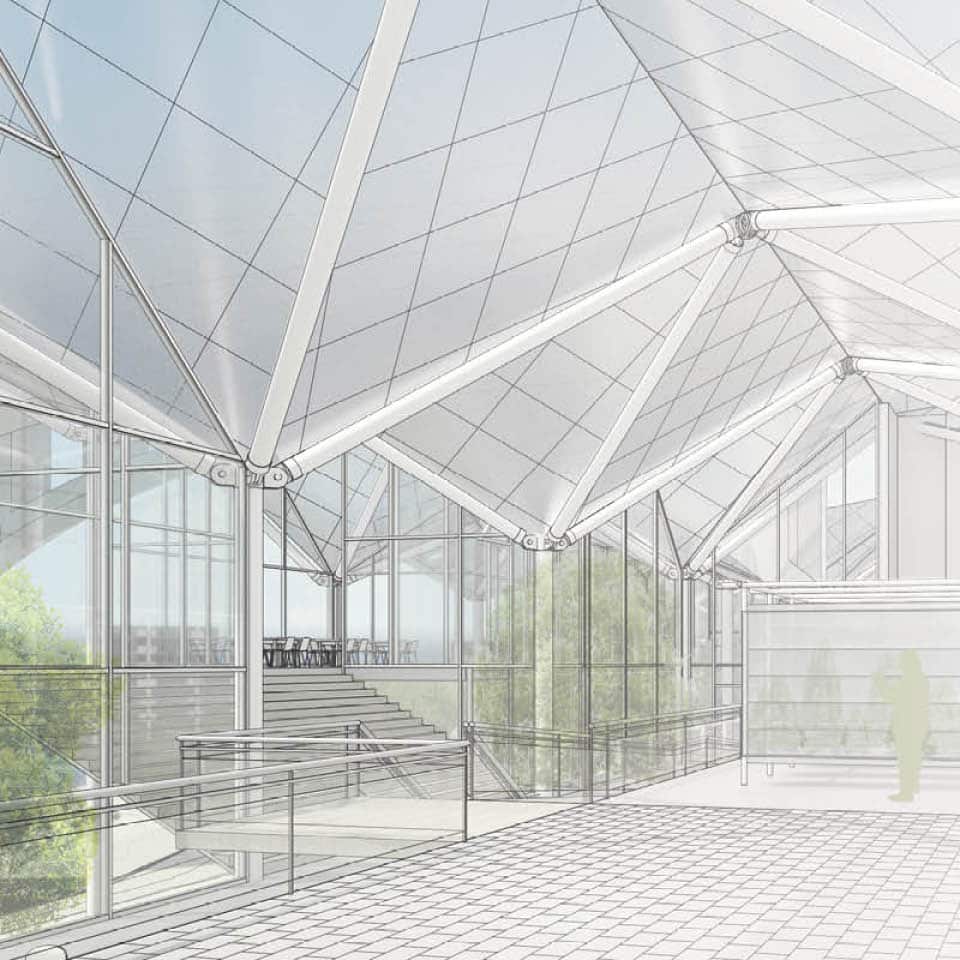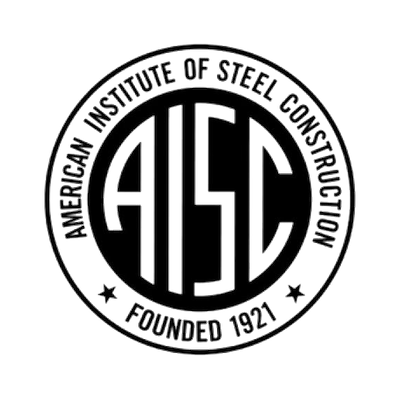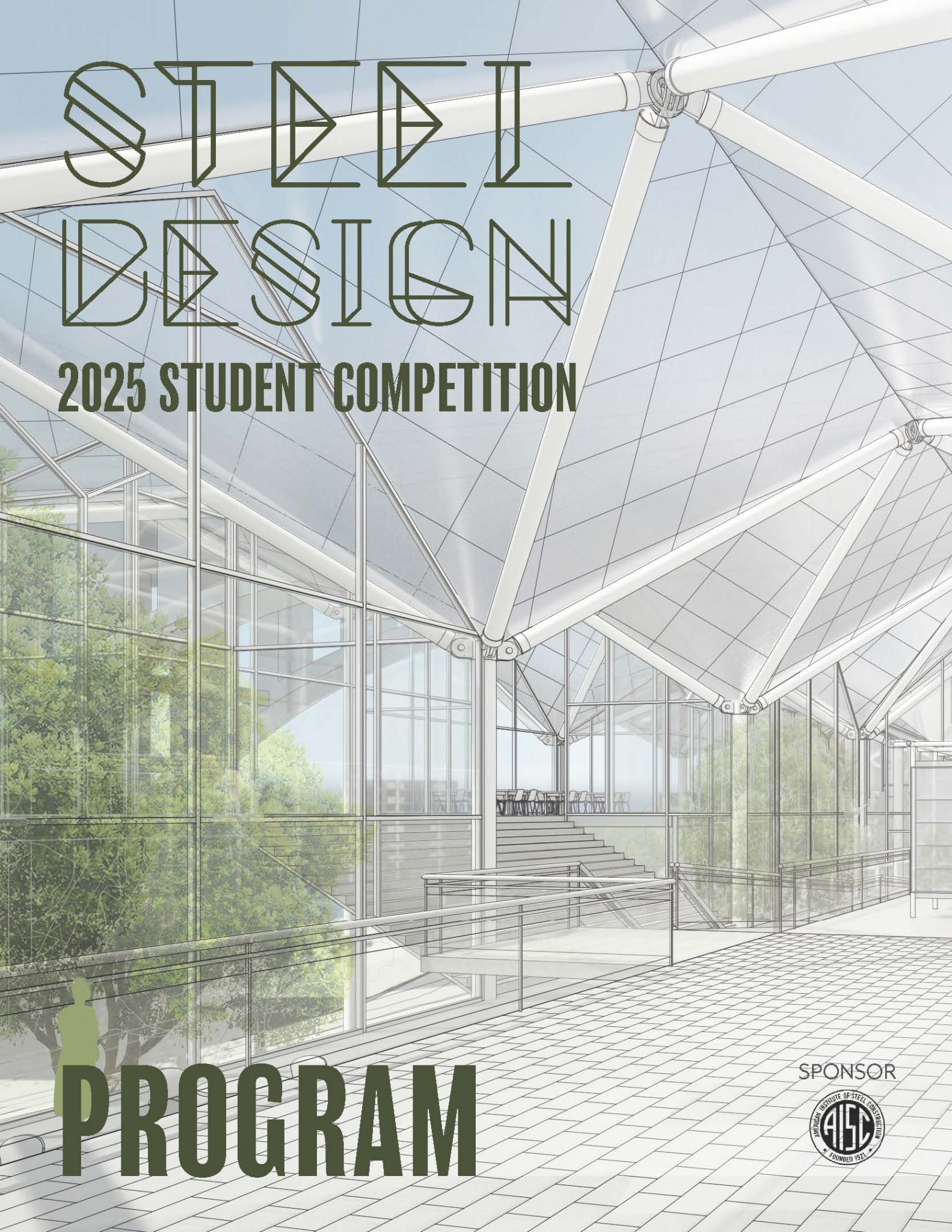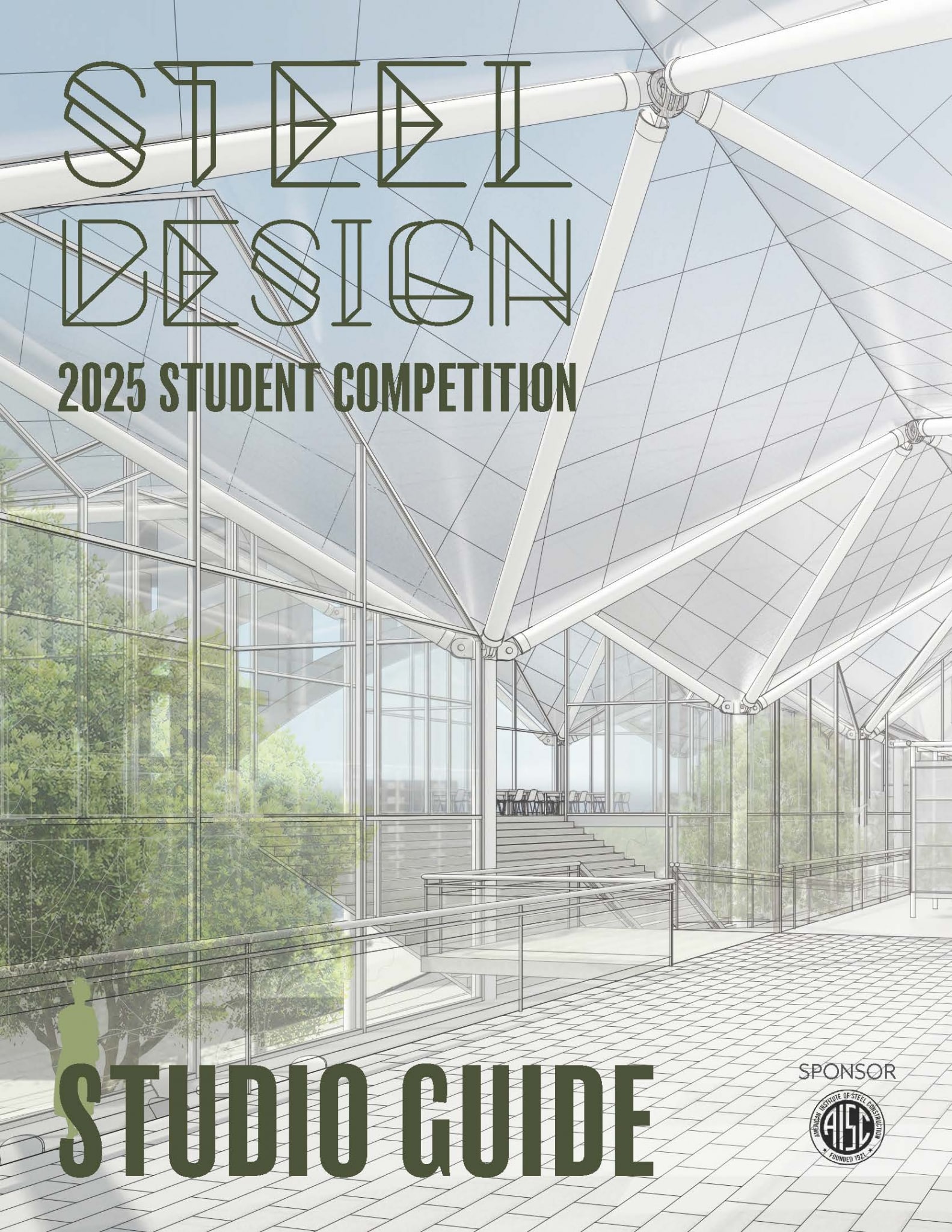Submission Deadline: June 4, 2025
2025 Steel Competition
Library+ & Open
The OPPORTUNITIES
Library + & Open
The 2025 Steel Design Student Competition will offer architecture students the opportunity to compete in two separate categories:
Category I: Library +
Design a Library in a community of your choice. Students are invited to submit design proposals that address how a library can contribute to the community as a more integral part of the civic fabric.
Category II: Open
Offers architecture students the opportunity to select a site and building program using steel as the primary material. This competition category permits any building type other than a library.
Students may not enter both categories of the competition.
About the Competition
The Association of Collegiate Schools of Architecture (ACSA) is pleased to announce the 25th Annual Steel Design Student Competition for the 2024-2025 academic year. Administered by the Association of Collegiate Schools of Architecture (ACSA) and sponsored by the American Institute of Steel Construction (AISC), the program is intended to challenge undergraduate and graduate students, working individually or in teams, to explore a variety of design issues related to the use of steel in design and construction. Steel must be used as the primary structural material and contain at least one space that requires a long-span steel structure, with special emphasis placed on innovation in steel design.
The competition allows students to explore the many functional and aesthetic uses for steel as a building material and structural system. Steel is an ideal material for multi-story buildings because it offers the greatest strength-to-weight ratio. In addition, steel can be constructed quickly and for all project site types with the use of labor-saving prefabrication methods such as kit-of-parts, panelization, and modular construction. A building built with steel is potentially more flexible and adaptable to allow for a change in program, occupancy, and loading needs over time.
Awards + Recognition
The design jury will meet in Summer 2025 to select winning projects and honorable mentions. Winners and their faculty sponsors will be notified of the competition results directly. A list of winning projects will be posted on the ACSA web site at www.acsa‑arch.org and the AISC web site at www.aisc.org. Winning students and their faculty sponsors will receive cash prizes totaling $20,000 with distribution as follows:
$20,000
in cash prizes
Category I: Library +
Student(s) | Faculty Sponsor(s) | |
First Place | $4,000 USD | $1,500 USD |
Second Place | $2,000 USD | $1,000 USD |
Third Place | $1,000 USD | $500 USD |
Category II: Open
Student(s) | Faculty Sponsor(s) | |
First Place | $4,000 USD | $1,500 USD |
Second Place | $2,000 USD | $1,000 USD |
Third Place | $1,000 USD | $500 USD |
A limited number of honorable mentions may also be awarded at the jury’s discretion. Prize‑winning submissions will be exhibited at the 2026 ACSA Annual Meeting and the 2026 AIA National Convention as well as published in a competition summary publication.
Advantages of Steel
Steel has a natural beauty that can be exposed to emphasize grace, slenderness and strength in space and form, as well as in building envelopes to enhance environmental performance and aesthetic character.
Resiliency
Structural steel offers a number of benefits in building design including the capacity to bear great loads in tension and compression, high resiliency and performance under harsh and difficult conditions such as earthquakes and hurricanes, and the ability to span great distances with minimal material. Steel can be shaped by many processes, ranging from standard rolled sections to custom castings and digitally generated components. It can be prefabricated and delivered for site assembly, and it can be erected quickly under almost any weather condition to meet tight construction schedules.
Efficiency
Steel offers the greatest strength-to-weight ratio of structural materials. In addition, steel can be constructed quickly and for all project site types with the use of labor-saving prefabrication methods such as kit-of-parts, panelization, and modular construction. A building built with steel is potentially more flexible and adaptable to allow for a change in program, occupancy, and loading needs over time. Steel, if desired by the architect, can be graceful, nimble, and minimal in its bulk both in plan and section, and it integrates easily with other systems and materials.
Sustainability
Using steel is a highly sustainable option. The production of raw US structural steel involves in upwards of 93% recycled content, keeping our old cars and appliances out of landfills. At the end of a building’s life, 98% of all structural steel is recycled into new steel products, with no loss of its physical properties. As such, structural steel isn’t just recycled but “multi-cycled,” as it can be recycled over and over and over again. It is truly a cradle-to-cradle material, and few materials can claim that.
Steel Sustainability
Expression
Exposed and curved steel is an art, providing endless possibilities for architectural expression. Curved steel enhances the visibility of any building project – from the largest monumental project to that building down your street. Curved steel is one way to increase the design creativity of your next building project. And most importantly, curved steel is readily available nationally from a number of qualified AISC Associate Member Bender-Rollers. AISC information on curved steel: aisc.org/curvedsteel.
For more information, see the 2025 Studio Guide.
Eligibility
Because the support of AISC is largely derived from steel companies whose markets are mainly in the U.S., the ACSA/AISC Steel Design Student Competition is open to students and/or student teams from ACSA Full and Candidate Member Schools; as well as ACSA Affiliate Members Schools from the U.S., Canada, and Mexico.
All student entrants are required to work under the direction of a faculty sponsor. Entries will be accepted for individuals as well as teams. Teams must be limited to a maximum of five students. Submissions should be principally the product of work in a design studio or related class.
Steel Presentation
Faculty can request a Steel Presentation that covers the basics of steel structure and discusses how steel structure can enhance architectural design, form, and space from Jeanne Homer, AIA, an architecture educator for over 20 years focusing on integrative design. Examples will include several different building typologies. Questions about the competition can be addressed and will be posted to the website. The presentation, depending on schedule, can be virtual or in-person and is designed for 50-minutes.
Criteria for Judging
Criteria for the judging of submissions will include the following:
- Creative use of structural steel in the design solution
- Successful response of the design to its surrounding context
- Successful response to basic architectural concepts such as human activity needs, structural integrity, and coherence of architectural vocabulary.
Submissions must clearly represent the selected program. In addressing the specific issues of the design challenge, submissions must clearly demonstrate the design solution’s response to the following requirements:
- An elegant expressive understanding of the material–structural steel–deployed with maximum innovative potential with a minimum of one long span space
- A strong conceptual strategy translated into a coherent integrated design proposal
- An articulate mastery of formal concepts and aesthetic values
- A compelling response to the physical and cultural context of the scheme
- A mature awareness of and an innovative approach to sustainability as a convergence of social, economic, and environmental issues
- A thorough appreciation of human needs and social responsibilities


Image Credits: 2015 Steel Design Student Competition, Honorable Mention, Category I: Library
Project Title: The Cormac McCarthy Library
Students: Kristin Bowman & Emanuel Huber-Feely
Faculty Sponsor: Kevin Stevens
Institution: University of Tennessee-Knoxville
Competition Organizers & Sponsors
Questions
Edwin Hernández-Ventura
Programs Coordinator
ehernandez@acsa-arch.org
202.785.2324
Eric W. Ellis
Senior Director of Operations and Programs
eellis@acsa-arch.org
202-785-2324

 Study Architecture
Study Architecture  ProPEL
ProPEL 



